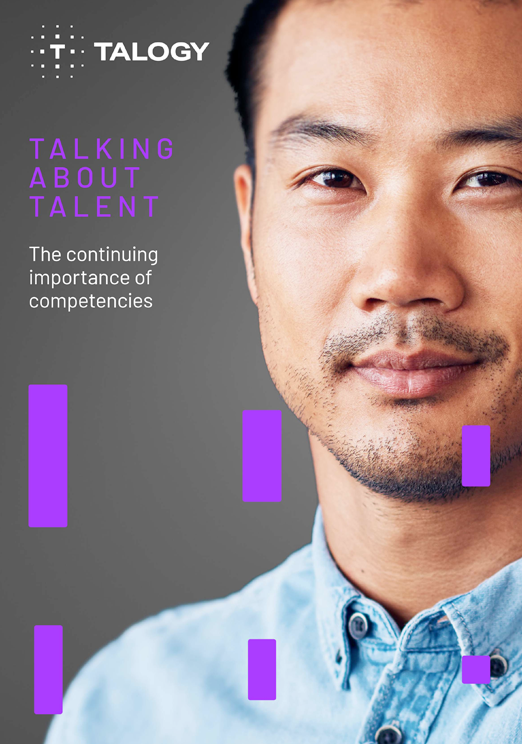Potential does not guarantee performance. How many times have we seen it in sports? A top draft pick who never pans out. The offspring or sibling of an athletic superstar who displays the same physical gifts but somehow bombs out.
Sports drafting is not a perfect analog to staffing, but it suffices to make a point: You can’t assume that an applicant who displays high potential will automatically turn in a top performance on the job. Just as some sports team managers may have unrealistic expectations that an athlete’s pedigree alone will lead to success, some hiring managers might think, “I screened my applicants thoroughly and chose the one whose strengths and performance drivers best align with the job. My work is done.”
Don’t misunderstand the message: Hiring based on intrinsic potential is and always will be a critical part of making a successful hire. But that’s not the end of making a successful hire, it’s just the beginning. Real success comes from employee engagement, and onboarding is the engine that drives engagement.
By being engaged, we mean that people are performing work that aligns with their strengths and motivators, that they feel empowered, and that their work feels meaningful. If you’re willing to consider that onboarding is the path from good hire to good team member, ask yourself these important questions about your onboarding process:
Do you and your applicant/new hire have the same understanding of the role?
Ideally, you are keeping your job descriptions up to date and reflective of what applicants can expect once in position. In your final interviews, avoid sugar coating the job and underselling the responsibilities you would personally find unappealing. For example, if you’re a people person who finds detail work to be a necessary evil, but you’re filling a role that calls for extended task focus and a willingness to work with minimal interaction, don’t try to downplay the aspects of the position that you might find dull. Realistic expectations and a clear understanding from the outset (i.e., honesty) will set the stage for new-hire engagement.
If you are doing the right thing and looking at applicants based on intrinsic motivations and performance drivers, you would have screened out everyone who lacks patience with repetition and details. Once you’ve found the right person, make sure he or she understands how his or her responsibilities fit into the overall strategy and why those activities are important and valued.
It should go without saying that the person who understands the role best should be the one making the hiring decision. This is not something to delegate to an HR assistant.
Are you training and integrating new hires based on their intrinsic strengths and limitations?
People don’t all learn the same way or respond the same way to on-the-job stimuli. Some are more comfortable adapting to new systems and processes. Some are more comfortable speaking up when they don’t understand something. Some respond better to self-paced training while others value hands-on demonstration.
Since you are aware of the new hire’s strengths and motivators (again, ideally), you should be able to customize the training effort accordingly. The ultimate goal is to maximize potential, and a recent hire who feels empowered and effective will also feel engaged. Engagement unlocks potential.
Do you have a mentor program?
A mentor program offers multiple benefits. One, it helps the new hire become integrated into the culture of the company. It’s not easy to embrace the social norms in a new work environment, like when moving from a hierarchical culture to a more collegial one, for example. Even reserved people who prefer limited interaction don’t want to be seen as outcasts. A mentor can “show the ropes” to accelerate integration.
The mentor also benefits from feeling valued and trusted by the organization, and both mentor and new hire gain a sense that the company is invested in them as individuals. Which, of course, further drives engagement.
It also takes some of the development burden off of you. Because, let’s be honest, you’re reading this post and thinking, “When am I going to have time for all these onboarding activities?”
Are you setting worthwhile and realistic goals?
There’s a reason managers and staff members roll their eyes at some of the recommendations in articles like this one. It’s because employee-development programs that start out with good intentions often become rote or are executed mindlessly and, in the end, fail to benefit the employee or the manager.
It’s up to you, whether you’re a hiring manager or an HR professional invested in the onboarding process, to take an active approach to new-hire development. Consider these important components to goal setting:
1) Goals should be relevant to the job, and the recent hire must be afforded the opportunity to achieve them. That is, provide the time, tools, and resources to achieve the goals, just as you provide a workstation, a computer, and a business objective.
2) Goals should come with deadlines and clear measures of success. Falling short of goals should be viewed not as a failure but as a developmental opportunity. People who are made to feel like disappointments tend to become disengaged from their work. Remember that when coaching, just as when selecting and training, each employee has his or her own strengths, motivations, and inhibitors. Some respond to a blunt challenge, while others might prefer a supportive, “we can do this together” type of message.
The “corporate ladder” may be somewhat mythological at many companies, since more and more organizations are flattening their structures, and, realistically, most people are better as individual contributors than as leaders. But the learning and skill-acquisition ladder is as real—and engaging—as you make it.
Caliper’s new assessment reporting suite, Caliper Essentials™, is designed to help you not only select candidates with the highest potential but also to onboard and coach your new hires for success. Reach out to us today to start raising engagement levels across your organization. Contact info that way ↓

